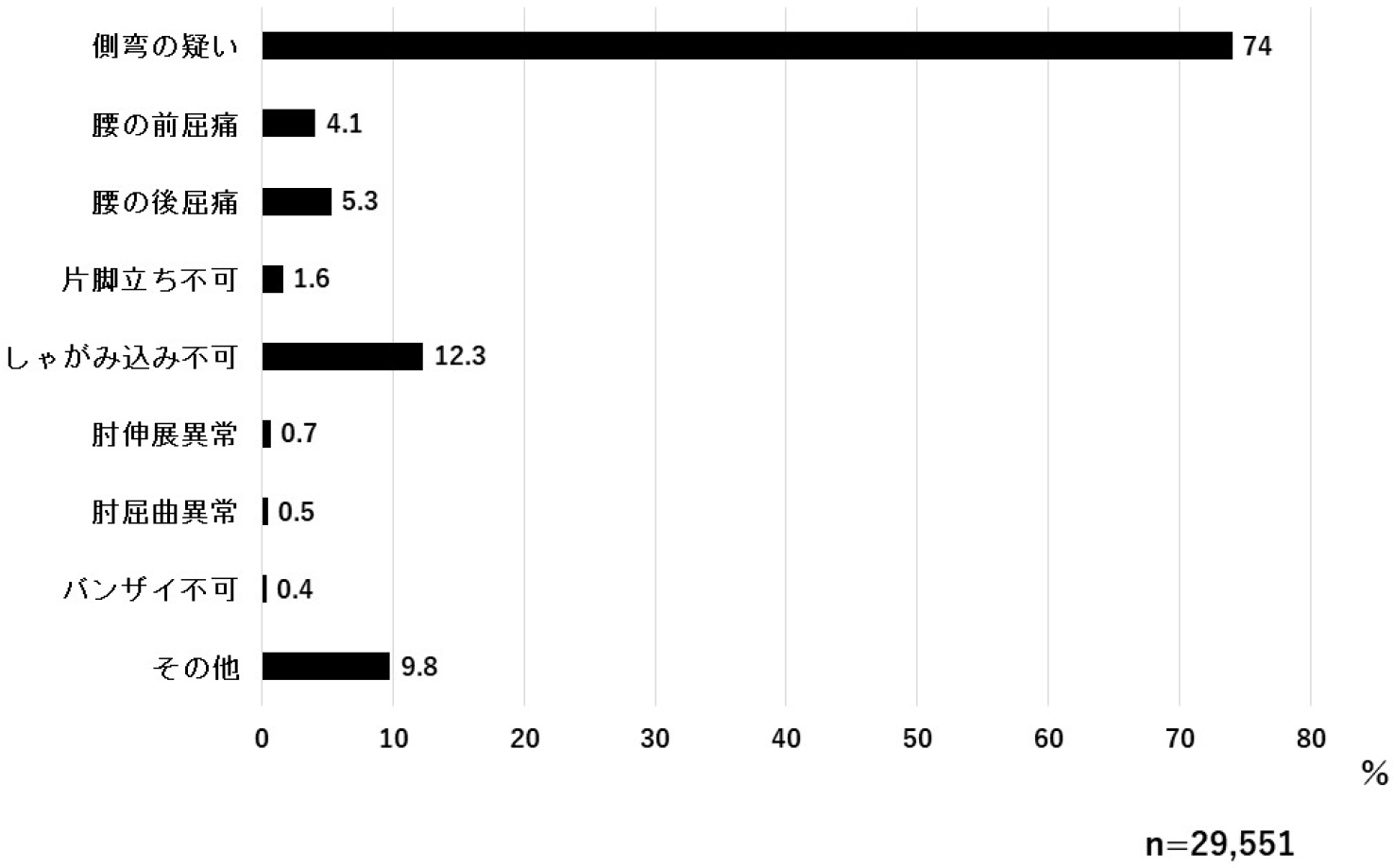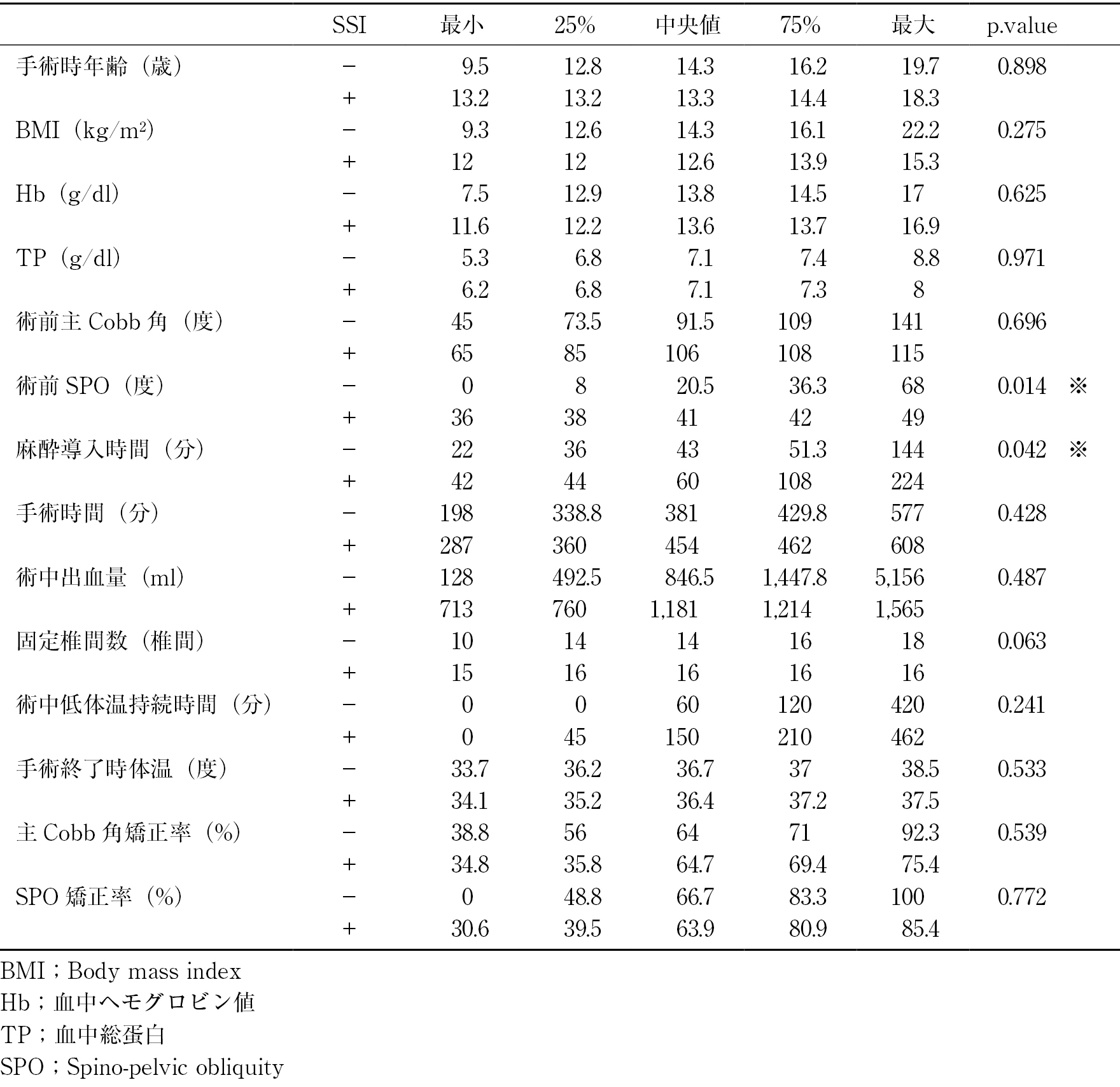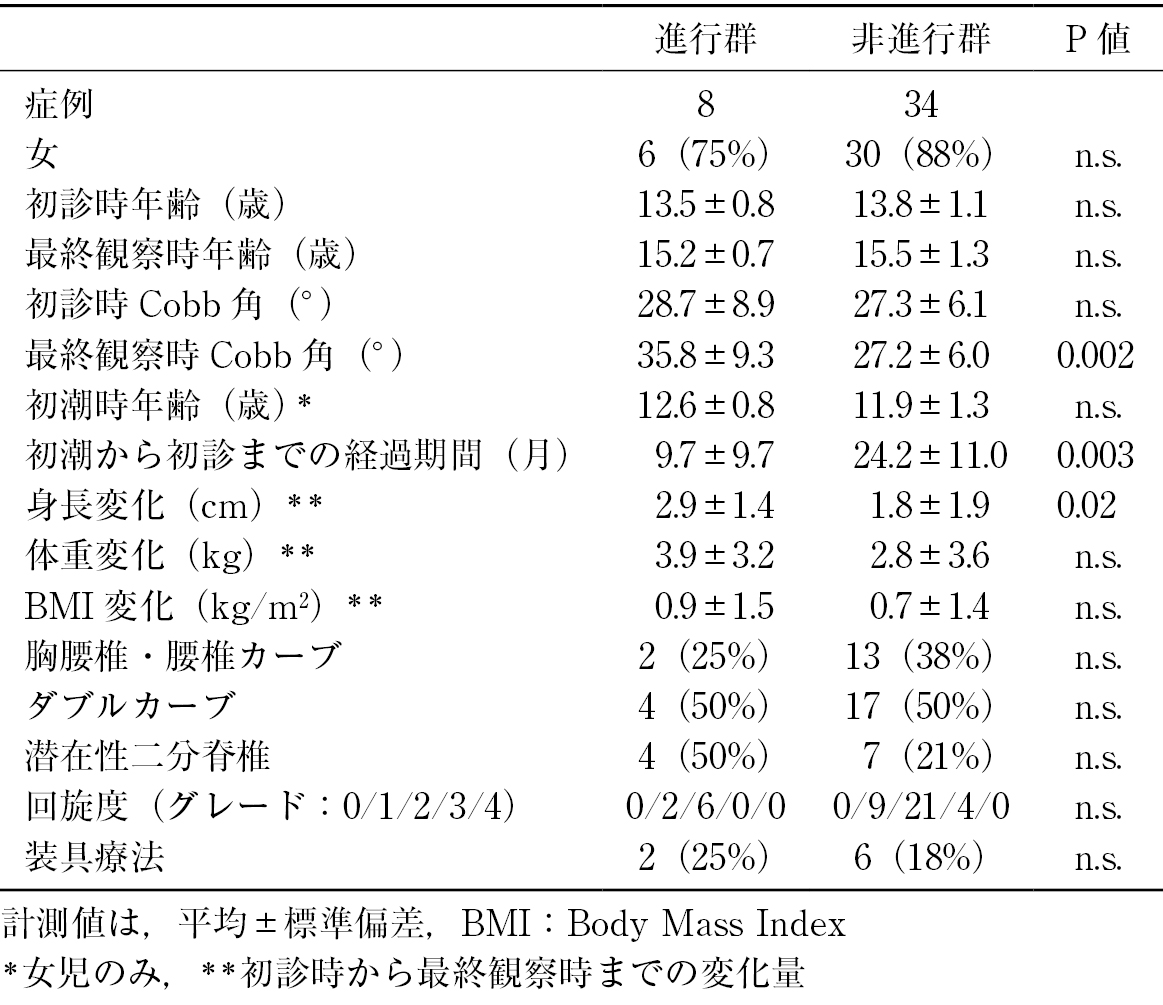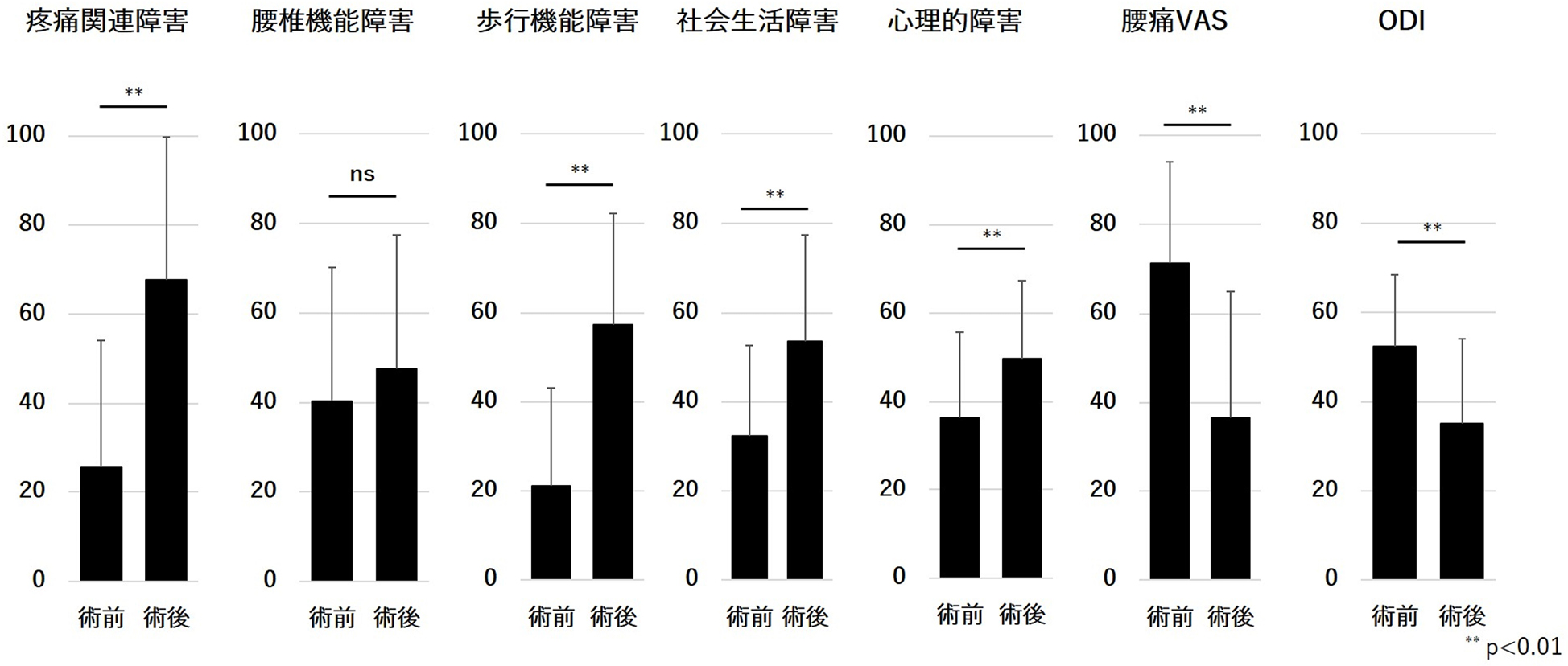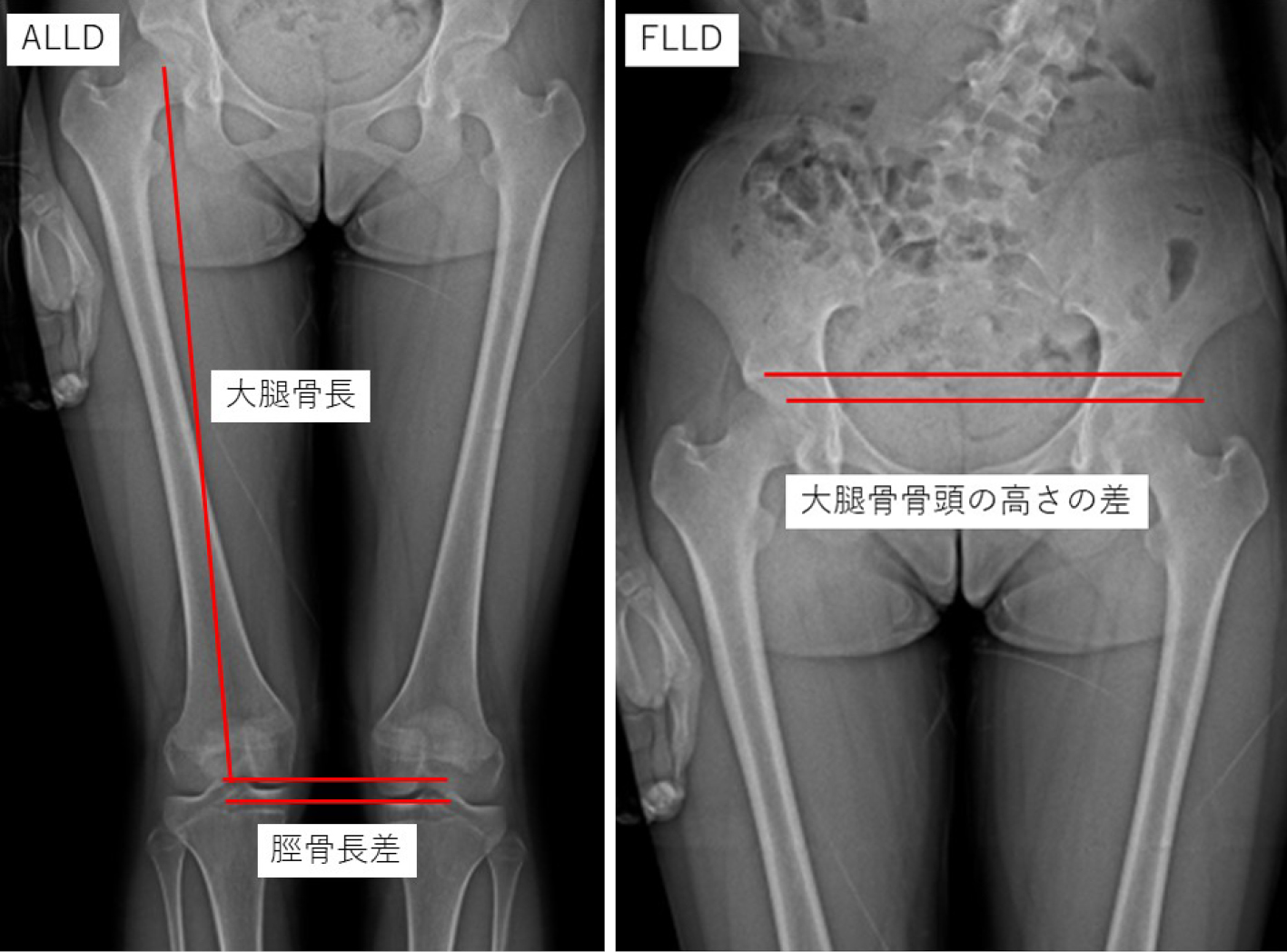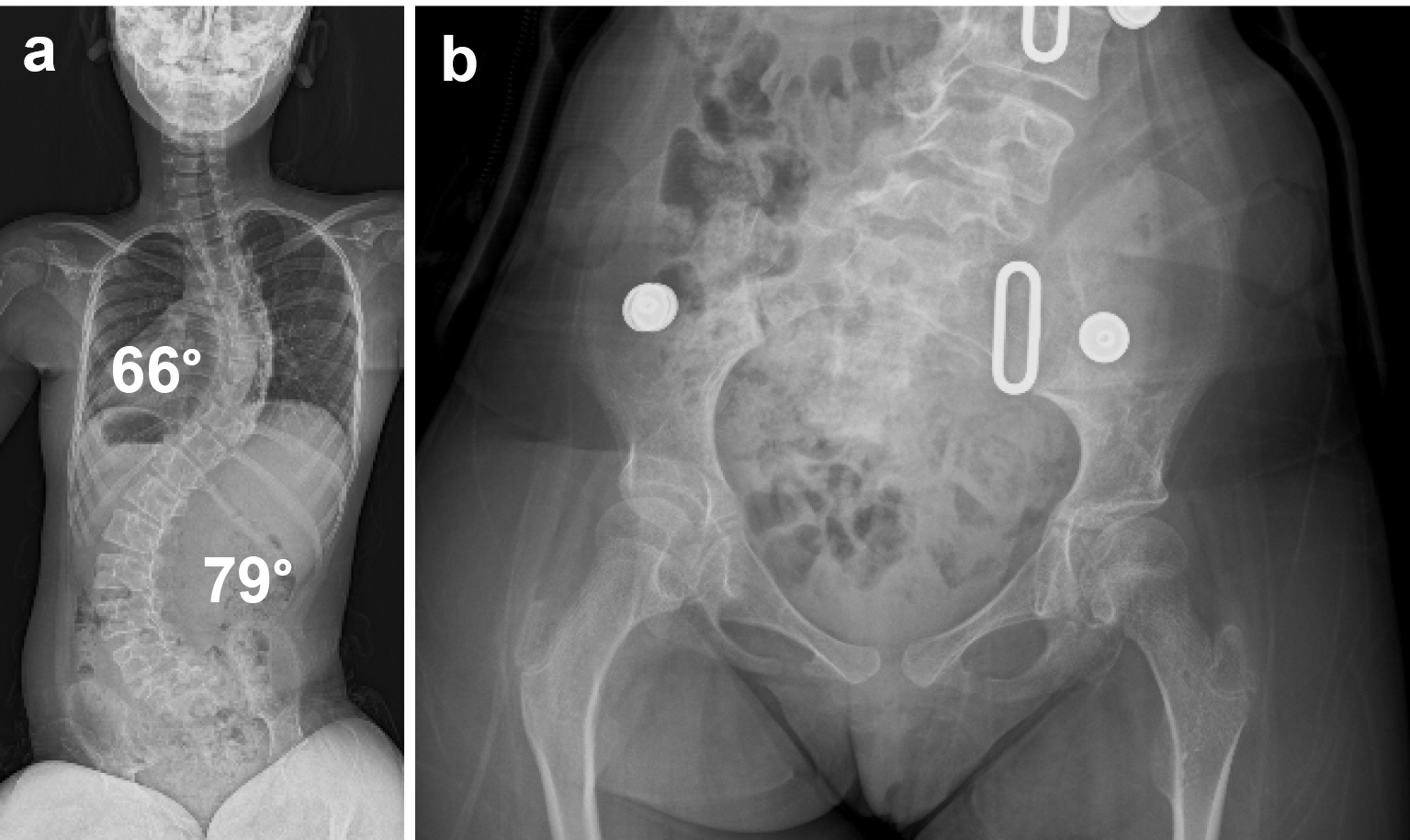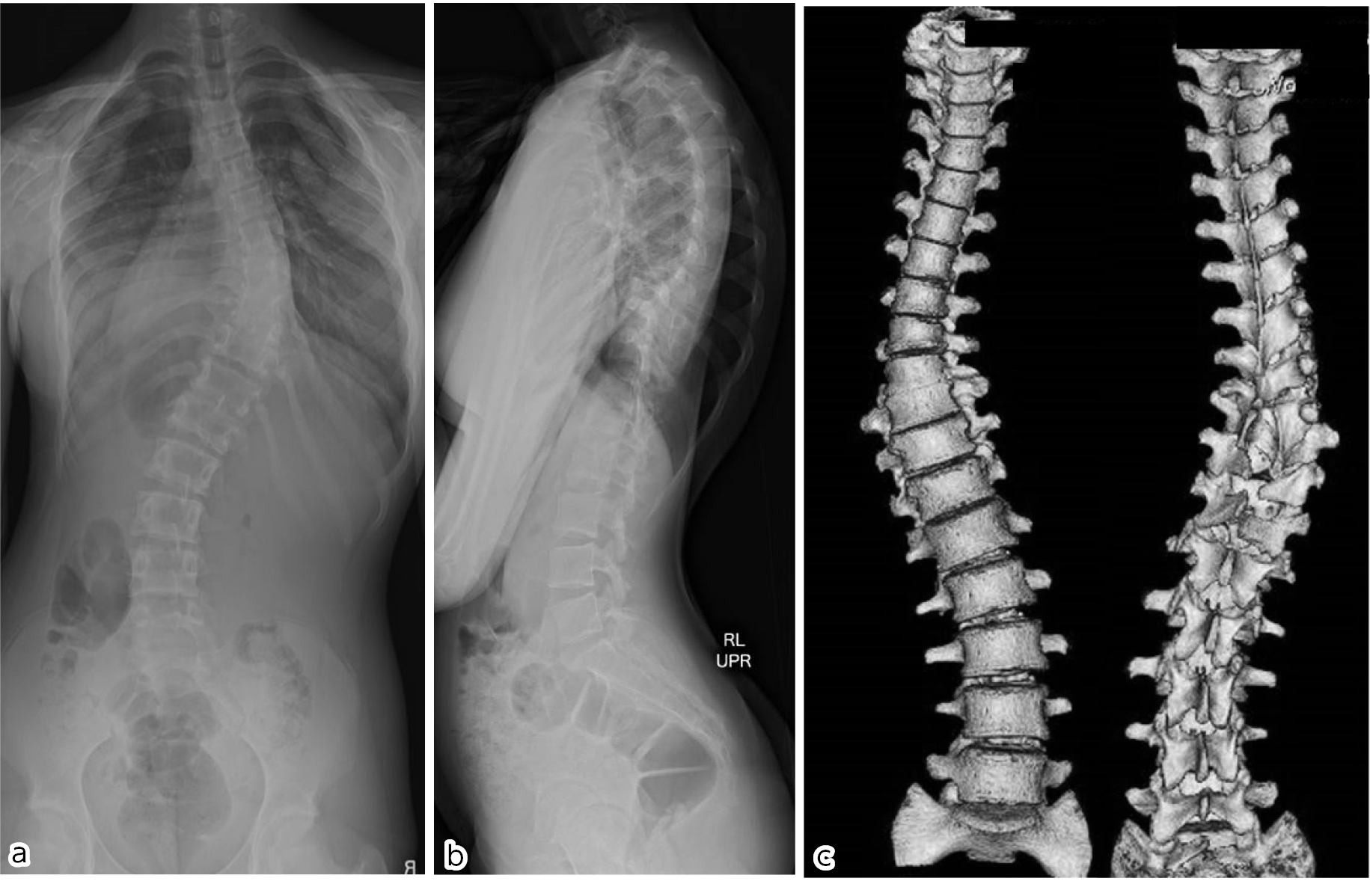Volume 14, Issue 11
Displaying 1-13 of 13 articles from this issue
- |<
- <
- 1
- >
- >|
-
2023Volume 14Issue 11 Pages 1345
Published: November 20, 2023
Released on J-STAGE: November 20, 2023
Download PDF (285K)
-
2023Volume 14Issue 11 Pages 1346-1353
Published: November 20, 2023
Released on J-STAGE: November 20, 2023
Download PDF (1248K) -
2023Volume 14Issue 11 Pages 1354-1359
Published: November 20, 2023
Released on J-STAGE: November 20, 2023
Download PDF (979K)
-
2023Volume 14Issue 11 Pages 1360-1365
Published: November 20, 2023
Released on J-STAGE: November 20, 2023
Download PDF (927K) -
2023Volume 14Issue 11 Pages 1366-1371
Published: November 20, 2023
Released on J-STAGE: November 20, 2023
Download PDF (1667K) -
2023Volume 14Issue 11 Pages 1372-1376
Published: November 20, 2023
Released on J-STAGE: November 20, 2023
Download PDF (782K) -
2023Volume 14Issue 11 Pages 1377-1382
Published: November 20, 2023
Released on J-STAGE: November 20, 2023
Download PDF (1139K) -
2023Volume 14Issue 11 Pages 1383-1389
Published: November 20, 2023
Released on J-STAGE: November 20, 2023
Download PDF (1070K) -
2023Volume 14Issue 11 Pages 1390-1395
Published: November 20, 2023
Released on J-STAGE: November 20, 2023
Download PDF (968K) -
2023Volume 14Issue 11 Pages 1396-1401
Published: November 20, 2023
Released on J-STAGE: November 20, 2023
Download PDF (1062K)
-
2023Volume 14Issue 11 Pages 1402-1407
Published: November 20, 2023
Released on J-STAGE: November 20, 2023
Download PDF (1486K) -
2023Volume 14Issue 11 Pages 1408-1412
Published: November 20, 2023
Released on J-STAGE: November 20, 2023
Download PDF (1480K)
-
2023Volume 14Issue 11 Pages 1413
Published: November 20, 2023
Released on J-STAGE: November 20, 2023
Download PDF (290K)
- |<
- <
- 1
- >
- >|


